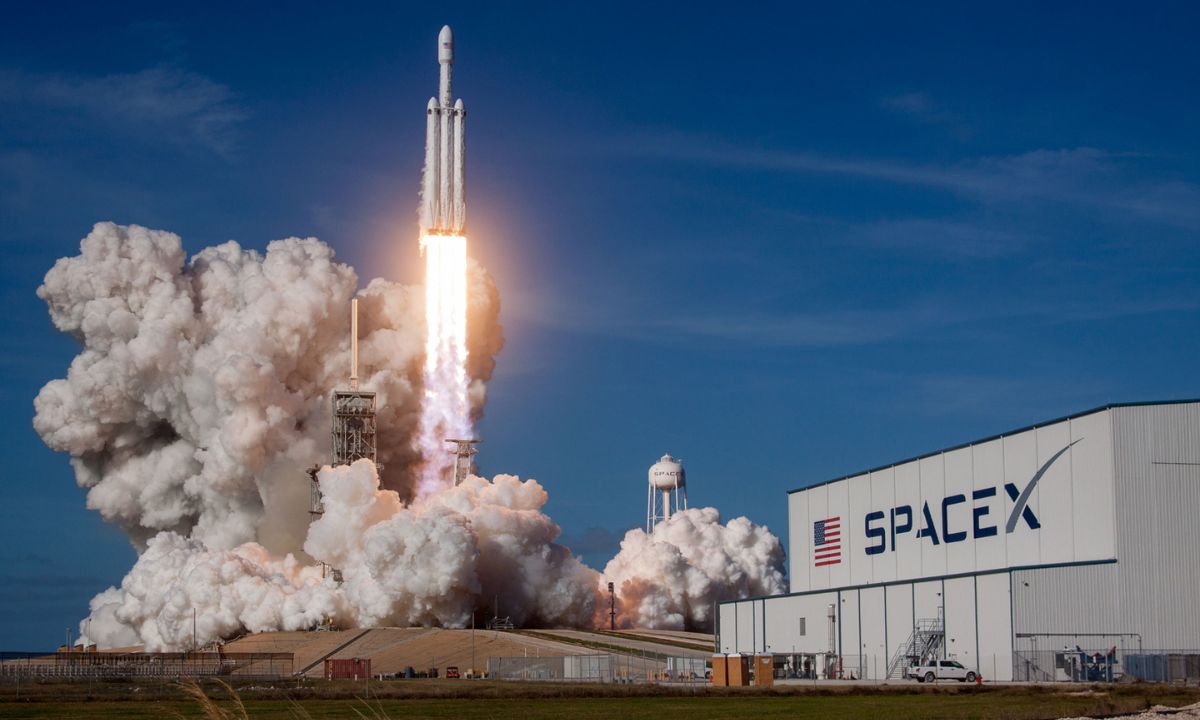Starlink, the satellite internet service owned by Elon Musk’s SpaceX, is increasingly becoming a key player in the global satellite internet market, and the company is focused on expanding its reach to compete with powerful Chinese rivals. Musk’s ambitious initiative, designed to provide high-speed internet in underserved and remote regions worldwide, is now pushing its boundaries to dominate the global satellite internet landscape. Starlink’s rapid growth trajectory, driven by continuous advancements in satellite technology and infrastructure, has positioned it as a strong contender in the race for satellite internet supremacy.
The service, which operates via a constellation of low-Earth orbit satellites, aims to provide fast, reliable, and affordable internet service even in the most challenging locations where traditional broadband infrastructure is either too costly or simply non-existent. One of the core goals of Starlink is to bridge the digital divide by offering internet access to rural areas, developing nations, and regions affected by natural disasters where conventional internet services are often unavailable. As of now, Starlink has already launched thousands of satellites into orbit, and its growing presence in various countries reflects its ambitious global outreach efforts.
However, Starlink faces stiff competition from several Chinese companies that have entered the satellite internet market with their own ambitious projects. These companies, such as China’s Tiantong and other state-backed ventures, are also racing to provide affordable satellite internet solutions on a global scale. The intense competition between these major players has sparked an industry-wide race to enhance satellite technology, improve internet speed, and expand coverage.
The rivalry between Starlink and its Chinese competitors is setting the stage for a technological battle that could reshape the way the world accesses the internet in the coming years. Both Starlink and Chinese firms are investing heavily in infrastructure, launching satellites, and developing advanced technology to ensure their systems are the most efficient, scalable, and cost-effective in the market. These advancements are critical, as they will determine which company can offer the best service to a global audience increasingly dependent on high-speed internet for communication, work, education, and entertainment.
The battle for dominance in the satellite internet sector is further intensified by the fact that this market is expected to experience rapid growth. Industry experts predict that satellite internet could become a trillion-dollar market within the next decade, driven by increasing global demand for connectivity in a world that is becoming more digitally connected each day. This surge in demand is also partly fueled by the increasing reliance on remote work and online services, both of which have accelerated due to the COVID-19 pandemic and the subsequent digital transformation seen across industries.
In addition to offering high-speed internet, both Starlink and its competitors are striving to ensure that their services are both reliable and affordable. By leveraging economies of scale and cutting-edge technology, these companies aim to lower the cost of satellite internet while making it accessible to underserved populations around the world. In the long term, this could result in a more interconnected global society, where access to information and communication tools is no longer limited by geographic location or economic barriers.
With Starlink’s aggressive expansion plans and ongoing innovations in satellite technology, coupled with the efforts of China’s satellite internet ventures, the competition for dominance in this sector is set to continue heating up. As both sides invest in next-generation technologies, the potential for a transformative shift in global internet connectivity looms large. In the near future, we may see a world where internet access is as ubiquitous as electricity, and satellite internet plays a pivotal role in connecting even the most remote corners of the Earth.




